Growing ginger at home: tips and tricks
Ginger is a perennial herb that looks like sedge or reeds. Few have seen ginger flowers, but with proper care it can bloom well. Its flowers are orange or brown. The large rhizome is covered with leaves. The stems are long and erect. The ginger family includes about 140 different species. It is believed that the word "ginger" means "horned root".
Content:
General information and history of ginger
There is no exact information where this plant came to us. Some consider India to be the birthplace of ginger, others - the Bismarck archipelago. In ancient times, ginger used as medicine and are incredibly expensive. In ancient Greece, it was served as a condiment exclusively in wealthy homes.
The root of ginger contains a large amount of essential oils that give it a unique tart taste.
Growing ginger at home has now become quite possible. But once upon a time it was incredibly difficult to get this root. The Arabs carefully hid the places where the precious ginger grew, shrouding it in various legends. They assured foreigners that the ginger was out of reach, that it was in the land of the troglodytes at the end of the earth, and that it was carefully guarded by monsters.
Elizabeth I, Queen of England, was very fond of ginger. It was she who made the gingerbread men popular, which all children still adore. There is a legend about the incredible properties of ginger. Long ago, a beautiful girl and a noble youth fell in love with each other. During their night walk, an envious cold wind blew in and froze the girl.
Life began to leave her. Then the young man went to the East in search of a cure. There he met Deva, a creature sent by the gods to test people. Dev had been checking the young man for a long time, but he endured all the hardships and hardships. For this, Dev promised him to cure his beloved and showed him an outlandish flower, warning that the value of this plant is not in the leaves or flowers, but in the root. The young man prepared a decoction from it and cured the girl.
How to grow ginger at home
Growing this valuable plant at home will not be difficult, just follow a few basic rules:
- Purchase a root with live buds from a specialty store. Place it in warm water for a while and then gently cut it into small pieces. The cut can be sprinkled with charcoal or simply dried.
- Ginger should be planted in early spring or winter. Place the root buds up into the ground (any soil for vegetables). Choose a pot that is large enough. Sprinkle the kidneys on top with a thin layer of soil.
- It is rarely necessary to water ginger before the first shoots appear. The soil should be slightly damp, otherwise the root will rot. It is advisable to lay out drainage during planting to absorb moisture.
- With the emergence of seedlings, you can begin to fertilize.
- In the summer, ginger can be exposed to the air, but do not expose it to direct sunlight. The light should be diffused.
- This is a thermophilic and moisture-loving tropical plant, therefore, it should be watered frequently during the heat, and the frequency of watering is reduced in the cold season. In the hot season, you can spray ginger.
- With the arrival of autumn, the plant must be brought indoors and placed in a well-lit place. Watering should be reduced to a minimum. The stems and leaves will begin to dry out, which will stimulate root development.
- Ginger will fully grow within 8 months of planting. As they grow, the leaves will be suitable for salads. But if you want to get a large root, it is better not to cut the leaves.
If you do not plan to wait for flowering, you can dig out the rhizome after the stems wilted. It must be rinsed, dried and consumed to your liking.
Ginger blooms are not often seen, but with the right content, ginger can bloom.
If you are growing ginger for the sake of beauty, and not the healing properties of the root, you do not need to dig out the rhizome for the winter. In the spring, it will again give small shoots that will need water and feed regularly... After a few years, subject to the correct humidity, lighting, watering and feeding, ginger will bloom.
Applying ginger root
Ginger is used in medicine, cosmetology, and cooking.
In addition to taste, ginger root has many medicinal properties:
- Anti-inflammatory and analgesic effect. Ginger is a part of some remedies for coughs and colds, improves immunity, relieves muscle and joint pain.
- Antispasmodic action. This property of ginger makes it an excellent remedy for headaches.
- Healing action. Decoctions from ginger root may have a healing effect on the skin.
- Diaphoretic action. Ginger is useful for colds and flu, removes toxins from the body.
- Toning effect. Strengthens and tones the body, is used in the form of baths and compresses to maintain skin tone.
- Ginger is also known for its ability to relieve motion sickness (nausea, dizziness), increase appetite and treat infertility. It is believed that the Portuguese gave this root to slaves to increase their fertility.
- For gastritis and other diseases of the digestive system, you can drink ginger tea. It also helps with toxicosis of pregnant women, but only in the first trimester, after which tea intake must be stopped.
- Ginger essential oil has long been recognized as the elixir of youth. It is used in aromatherapy, massage, added to water while taking a bath. The oil warms up the skin, improves blood circulation. However, you cannot use pure ginger oil. It is diluted with any base oils, for example, linseed or oil from wheat germ.
Alcoholic tincture of ginger is used for weight loss, as well as a tonic and tonic.
Fresh ginger must be peeled very carefully so as not to damage the top layer, because it contains the greatest amount of vitamins... Ginger can help freshen your breath and is much healthier than regular gum. If it tastes too harsh for you, you can simply rub a bit of it over your teeth.
More information can be found in the video.



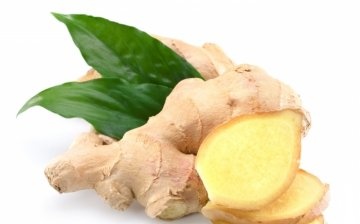

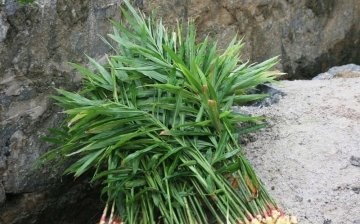
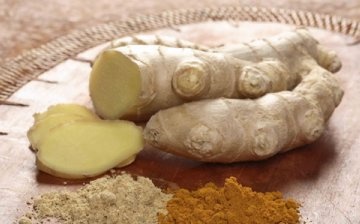




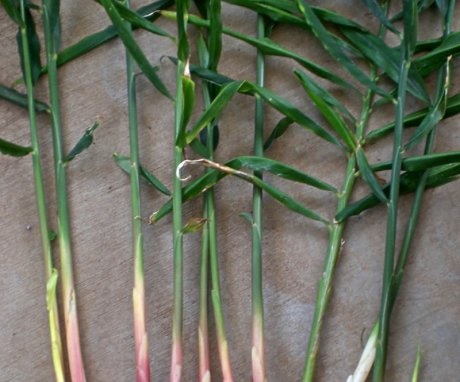
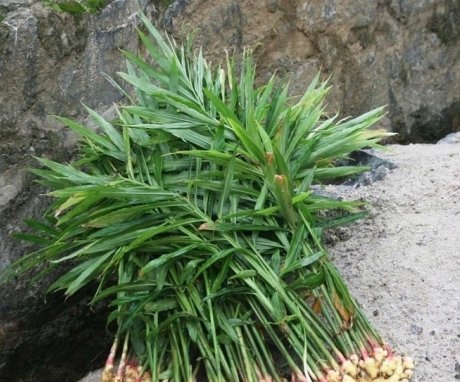
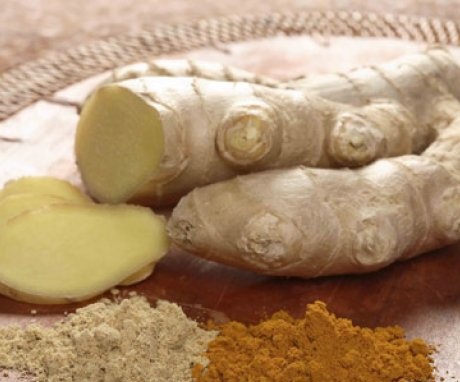
I thought about it for a long time! There are a lot of uses for ginger, so you really need to grow it.
A friend was able to grow ginger from a piece of a store root, first put it in a plastic bag in the light and when the buds appeared, she planted it in a pot.